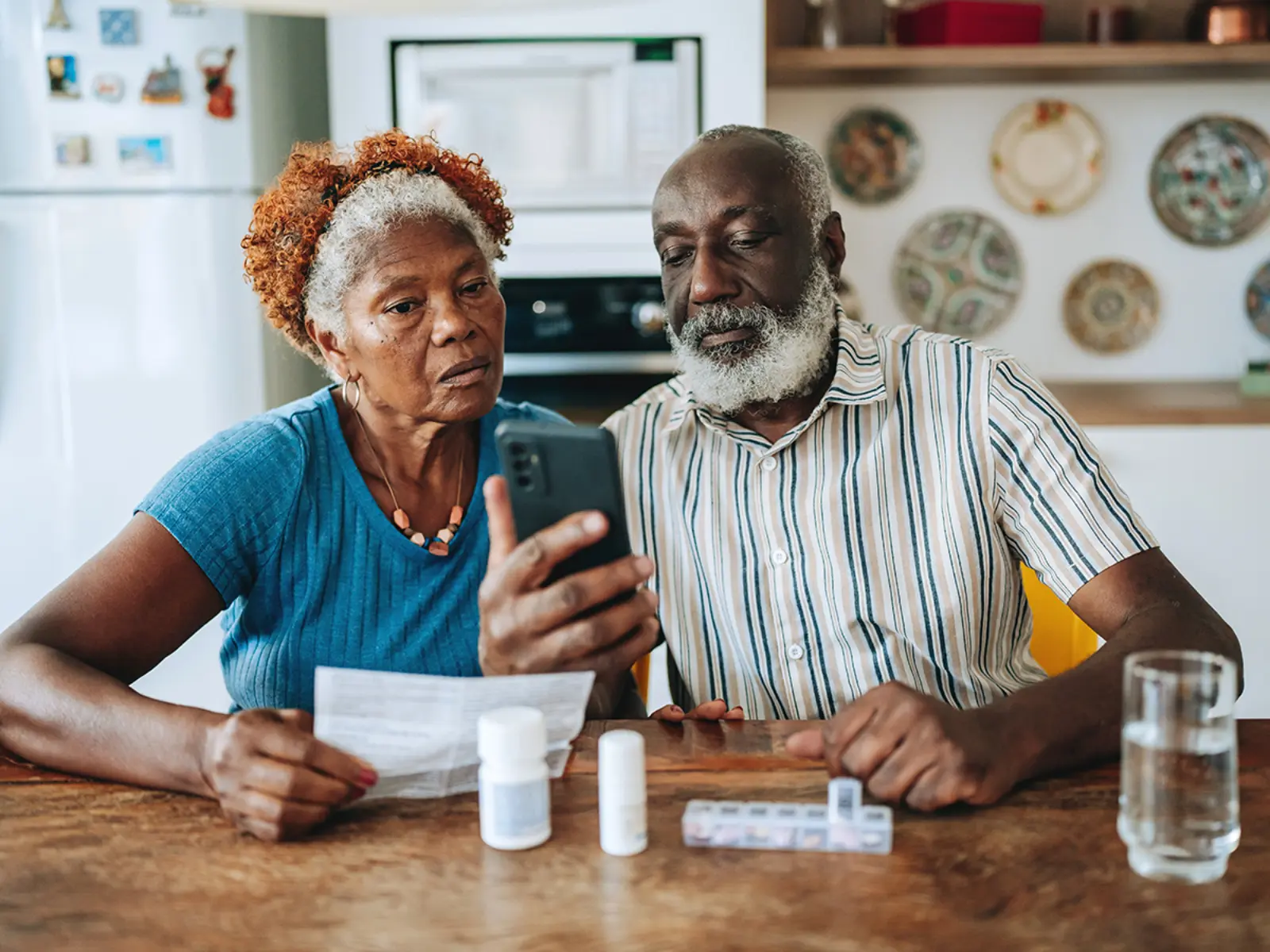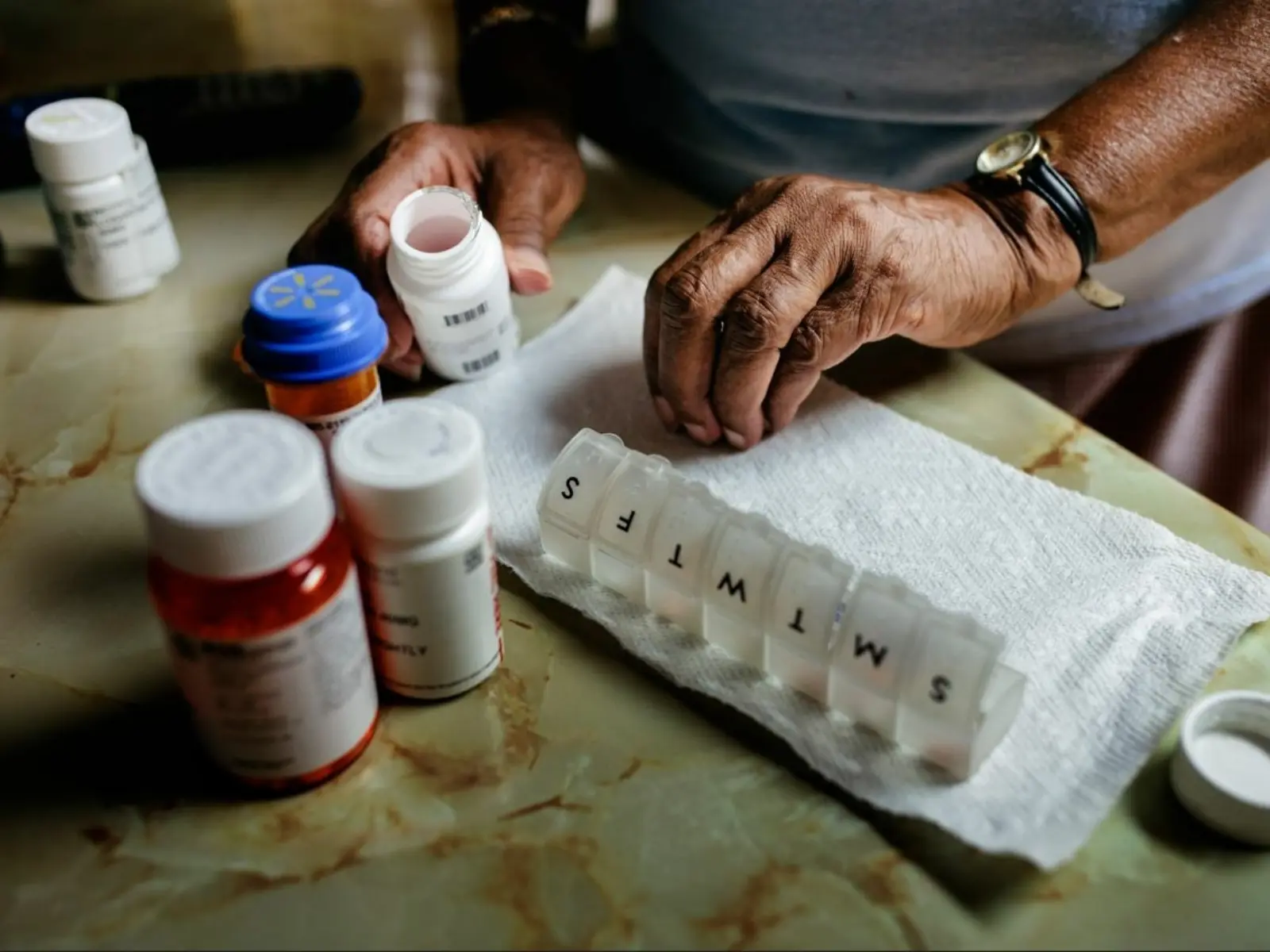Editor’s note: The House passed the drug pricing measures discussed below as part of the Inflation Reduction Act, which was signed by President Biden.
The Senate on Sunday took meaningful steps to address drug affordability, passing historic reforms to lower the prices of prescription drugs by allowing Medicare to negotiate the prices of some of its most expensive medications. Every other industrialized country does some form of this, and, as a result, they pay less than half what Americans pay for the same medicines.
These drug pricing reforms are critical: Nearly 1 in 3 Americans say it is difficult to afford their medicines, forcing people to ration. Large percentages of voters from both political parties have expressed concern about drug affordability — a January 2021 Morning Consult poll found 96% of voters said lower drug pricing was a top priority for Americans. And 76% of Americans nationwide support allowing Medicare to negotiate prescription drug prices.
AV has urged the House to quickly pass this legislation.
Here are three ways the drug pricing reforms under consideration by Congress will help patients afford their medications — now and in the future.
1. Medicare beneficiaries will experience relief at the pharmacy counter
The legislation under consideration by the House this week would cap out-of-pocket drug prices for Medicare beneficiaries at $2,000 a year (starting in 2025). Today, cancer patients who take one of the most common 10 anticancer drugs in Medicare Part D, who do not qualify for low-income subsidies, pay between $10,000 and $15,000 out-of-pocket for one year’s worth of medicine. The median income for older adults in the U.S. in 2019 was $27,398, meaning some beneficiaries’ drug prices may eat up half or more of their income. Frequently, they stop taking their medications; research shows Medicare beneficiaries without the subsidies were twice as likely as others with serious illness not to fill prescriptions. The $2,000 cap provides peace of mind for Medicare beneficiaries facing catastrophic drug costs now and those that will face them in the future.
“I think for the average person, the biggest change is capping out of pocket spending to $2,000 annually. Today, there’s no cap at all on Part D, which means you could be on the hook for unlimited spending,” said Stacie B. Dusetzina, an associate professor of health policy at Vanderbilt University School Of Medicine, explaining the drug pricing provisions in the bill on the podcast Tradeoffs.
Medicare would eventually negotiate the prices for up to 20 drugs a year, leading to lower prices for beneficiaries down the road.
2. Every dollar that families save in excessive drug costs can be spent on basic needs such as food, gas, and housing.
Between 2008 and 2021, the average prices of newly marketed prescription drugs grew by 20% per year. At the same time, more than half of Americans can’t cover a $1,000 emergency with savings.
Lowering the prices of prescription drugs will help people afford basic necessities.
From 2019 to 2020, half of all drugs covered by Medicare had price increases above the rate of inflation over that period (1%), and among those drugs with price increases above the rate of inflation, one-third had price increases of 7.5% or more, the inflation rate in early 2022.
By requiring drug manufacturers to pay a penalty to Medicare for increasing prices faster than inflation, CBO estimates a net federal deficit reduction of $100.7 billion over 10 years due to both reductions in spending and increased revenues.
The number of individuals who receive low-income subsidies to help pay for prescriptions would increase under the reforms, and vaccines would be free.
Over time, the negotiation process will restrain high-priced brand drugs that have not faced competition for years, resulting in lower premiums for elderly and disabled and lower program costs for the taxpayer.
3. Innovation will remain robust for patients, with improved access to expensive medicines
Innovative drugs that people can’t afford are a failure. The legislation moving through Congress protects future innovation and gives greater access to current innovations for the nearly one-third of people who report they can’t fill their prescriptions now.
“The truth is, if Congress passes legislation to give Medicare negotiating power to make drugs more affordable, we will still have robust innovation,” wrote Ezekiel Emanuel, in a piece for Politico Magazine.
The CBO has predicted a small impact over the next decade, with a handful of fewer drugs brought to market.
“The evidence suggests that most of the drugs that might not come to market are drugs where there are already treatments,” said Mark. E. Miller, the executive vice president of Health Care for Arnold Ventures.
“Meanwhile, there are millions of people who deserve access to innovative drugs now that don’t have it because prices are far too high.”
















